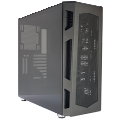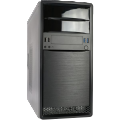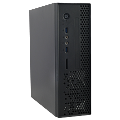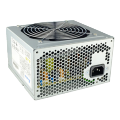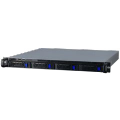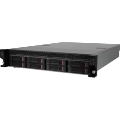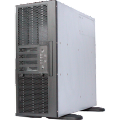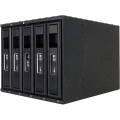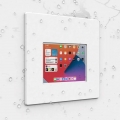Development of Server: the force behind AI and the Cloud
Stepping into 2019, the development of AI and cloud service is becoming more mature than they were few years ago. More evidence shows some enterprises, financial institutes and governments have started to practice the AI technology secretly to help them analyze complicated statistical data and solve sophisticated problems. In the meanwhile, the popularized 4G network and the rise of youtubers stimulate the need of online music/video contents. Several streaming service unicorns like Netflix and Spotify were bred, changing the game in the entertainment industry forever. Both AI and cloud service are never just academic articles and theories or stories in the science fictions anymore, they’ve became part of our lives.
No matter AI or cloud center, they’re all built on a basic infrastructure: the server. In the past, server was merely one multitask computer with specialized hardware like motherboards with multiple memory or CPU slot, great expandability with large amount of storage units and high durability. However, when the tasks became complex and the surging request of data storage and computation ability, one big, cumbersome computer no longer satisfied the need. People started to search for adroit solution. The huge computers were divided into several functional units. The rack severs and blade severs were developed as new standard. Under the new standard and instructions, the server could easily be scaled and configured. The new standards brought the flexibility. It was when the server started to diverse into several subtypes based on their tasks: storage servers, computing servers, multi-Node servers…etc.
Unlike the conventional PC, server is a task-oriented product. It means it requires some extent customization, including but not limited to software, motherboard, chassis, and cooling parts, to get the best configuration to execute their mission. Take an AI computing server as an example: AI computing server is specialized in computing. It normally is requested to install multiple GPU cards. in the meanwhile, to efficiently dissipate the heat generated from the GPUs, the water-cooling system may need to be involved in. Therefore, the server chassis has to be big and long enough to contain the multiple high-end GPU cards like GTX 1070/1080 series and RTX 2070/2080 series from Nvidia, or RX Vega/Navi series from AMD, and the water-cooling kits including radiators and fans. In this case, the hard disks may not be the point. Only need few slots to install the HDD. But for storage chassis which aims to provide huge data capacity, it is another story.
As a professional case manufacturer, Yeong Yang followed the pace of the server standards and developed several useful server product lines from traditional pedestal tower W201 to high adaptive R445/R455 pedestal/rackmount server chassis, and Rx6 rackmount chassis from 1U to 4U. Our well-trained engineer team offers strong supports to our clients. With great production conscious and experience, we helped numerous clients realize their wild ideas and concept. You can see the talents and energy of our engineer team from our recent successful stories of customized chassis: the 2U chassis with 6 Node systems, the 24bays 2U chassis, the 76 bays 3U chassis, and the high-density mining chassis with 32 Hard disk bays.
In this high-speed internet age, the development of servers plays a really important role helping constructing the virtual world. We are optimistic about this area and we know it’ll be the force shaping the new world. With the energetic manufacturing resource, we can offer the best solution for service providers. Let us build the future.


